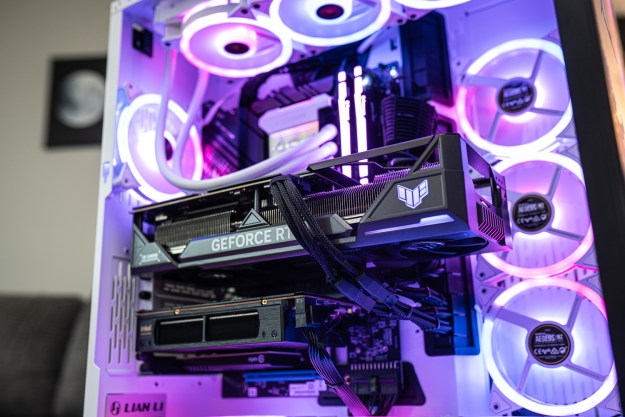DeepMind is teaming up with Waymo, a fellow unit of Google parent Alphabet, to train self-driving cars, using the same method that was created to teach artificial intelligence bots how to play StarCraft II.
Waymo’s self-driving vehicles utilize neural networks to carry out tasks such as detecting objects on the road, predicting how other cars will behave, and planning its next moves. Training the neural networks has required “weeks of fine-tuning and experimentation, as well as enormous amounts of computational power,” DeepMind said in the blog post where it announced the collaboration with Waymo.
DeepMind and Waymo joined forces to create a more efficient process of training and refining the algorithms of self-driving vehicles, utilizing population-based training. This technique, inspired by the concept of biological evolution, speeds up the learning process for neural networks by focusing on the “fittest” specimens, which are the A.I. models that are the most efficient in carrying out tasks.
DeepMind principal research scientist Oriol Vinyals, who is also one of the inventors of population-based training, told the MIT Technology Review that the idea of using the technique to train self-driving cars was born when he visited Matthieu Devin, director of machine learning infrastructure at Waymo.
Vinyals and his colleagues first developed population-based training as a way to speed up the learning process of computers in playing StarCraft II. The real-time strategy game features the complexities of simultaneously managing resources, building structures and units, and controlling an army to beat opponents.
If population-based training is capable of teaching A.I. agents to play StarCraft II, then it will also be able to train neural networks to handle the different decisions that are required to maintain the safety and proper operation of self-driving vehicles.
On the surface, DeepMind’s work on artificial intelligence appears to only work for video games, with titles such as StarCraft II and Quake III. However, the unit is only utilizing these games as a learning environment, with Quake III‘s Capture the Flag mode showing that multiple A.I. agents are capable of learning and acting independently for cooperation or competition with other agents.
DeepMind’s population-based training has been applied to several models of Waymo’s self-driving vehicles, promising further improvements to the technology.
Editors' Recommendations
- How a big blue van from 1986 paved the way for self-driving cars
- BlizzCon 2019 attendees tried to beat Google’s DeepMind A.I. in StarCraft II


